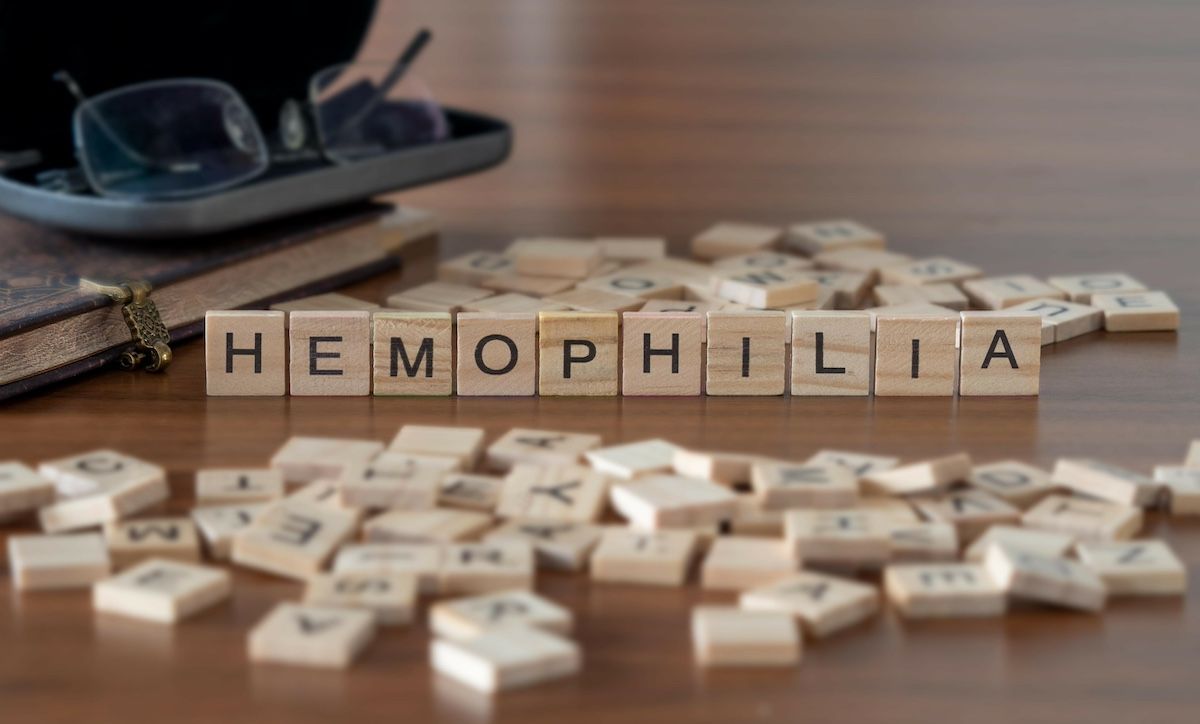News
Article
Health Equity, Accessibility Essential to Supporting Women Affected by Hemophilia
Author(s):
Due to often being overlooked as only carriers of hemophilia, the review authors sought to highlight the needs of female caretakers for patients with the disorder and the possibility of women themselves being affected by it.
Women have an underreported and essential role in the management of hemophilia, whether through their central role in patient management or the possibility of consanguinity, emphasizing the need for equal access to health care for women, health equity, and dedicated resources for those dealing with the effects of the disorder, according to a review published in Frontiers.1
Traditionally, women have been considered carriers of the disorder, while men were more frequently diagnosed due to hemophilia’s genetic defect on chromosome X. As the availability of drugs to treat hemophilia has improved, awareness of treatment for women and girls with the disorder has increased.
Hemophilia research mainly focuses on men, but women can also be affected. | Image Credit: © lexiconimages - stock.adobe.com

Although past studies have indicated that female carriers of hemophilia may indeed experience bleeding—especially with low factor levels—there has been a lack of work on improving the diagnosis and management of female patients with hemophilia, and care plans have remained suboptimal, the investigators discussed.
In addition to the physical impacts hemophilia can cause to women, relatives of male patients are often involved in their care management and can carry an emotional burden. This burden is influenced by societal attitudes surrounding the condition and personal beliefs regarding their situation.
Due to these factors, the investigators sought to identify potential causes of health inequity for women with hemophilia and carriers of the allele, highlight the important role they play in caring for male patients with the disorder and discussing ways to combat gender inequity.
The investigators discussed the bleeding tendency in female patients with hemophilia, which can range from excessive mucocutaneous bleeding and easy bruising to life-threatening events such as intracranial bleeds.
Additionally, it has been shown by Kadir et al that women and girls with hemophilia have a lower quality of life compared with the general population, with the number of days of menstrual bleeding and its severity being the main factors.2
These investigators advocated for a multidisciplinary team approach that can minimize risks and improve the quality of care for these individuals, including increased awareness of women’s experiences with hemophilia.2 These conclusions are similar to those of the authors of the current review, who advocate for “a paradigm shift in understanding and addressing the needs of this previously overlooked population.”1
Another essential factor considered by the investigators is the burden on female partners of patients with hemophilia. As discussed in a study by Triemstra et al, the impact on quality of life can be substantial on these individuals and can affect multiple aspects of their life.3 These can include burdens such as negative social interactions, insufficient information provided regarding infection, and a higher perceived risk of contracting AIDS.
Key among the recommendations of the review authors was the adoption of standards that can address symptom recognition.1 Furthermore, they advocate for the inclusion of women and girls with hemophilia as well as transgender individuals in registries and trials to collect more evidence and have informed decision-making in specific cases.
Collaboration between health care providers, patient advocacy groups, and researchers was deemed by the review authors to be crucial to enhancing support and care for women with hemophilia. Continuing, they advocated for greater involvement of female partners of male patients when discussing psychosocial and health issues for these patients.
Through these advances, the study authors say, the unique challenges that women with hemophilia face can be better addressed by health care professionals and the quality of life of these individuals can be improved.
“We aim to an improvement of health equity, equal access to healthcare for women and men with hemophilia and other bleeding disorders and dedicated resources to improve the unique needs of the women dealing with such diseases ultimately leading to improved care and quality of life,” the study authors concluded.
References
1. Gualtierotti R, Garagiola I, Mortarino M, Spena S, Romero-Lux O, Peyvandi F. Gender equity in hemophilia: need for healthcare, familial, and societal advocacy. Front Med (Lausanne). 2024;11:1345496. doi:10.3389/fmed.2024.1345496
2. Kadir RA, Davies J, Winikoff R, et al. Pregnancy complications and obstetric care in women with inherited bleeding disorders. Hemophilia. 2013;19(suppl 4):1-10. doi:10.1111/hae.12269
3. Triemstra M, Van Der Ploeg H, Smit C, et al. Hemophilia from the partners’ perspective: burden and impact on their lives. Psychol Health. 1999;14(1):97-116. doi:10.1080/08870449908407317





